Home>Gardening & Outdoor>Landscaping Ideas>Why Is My Grass Light Green
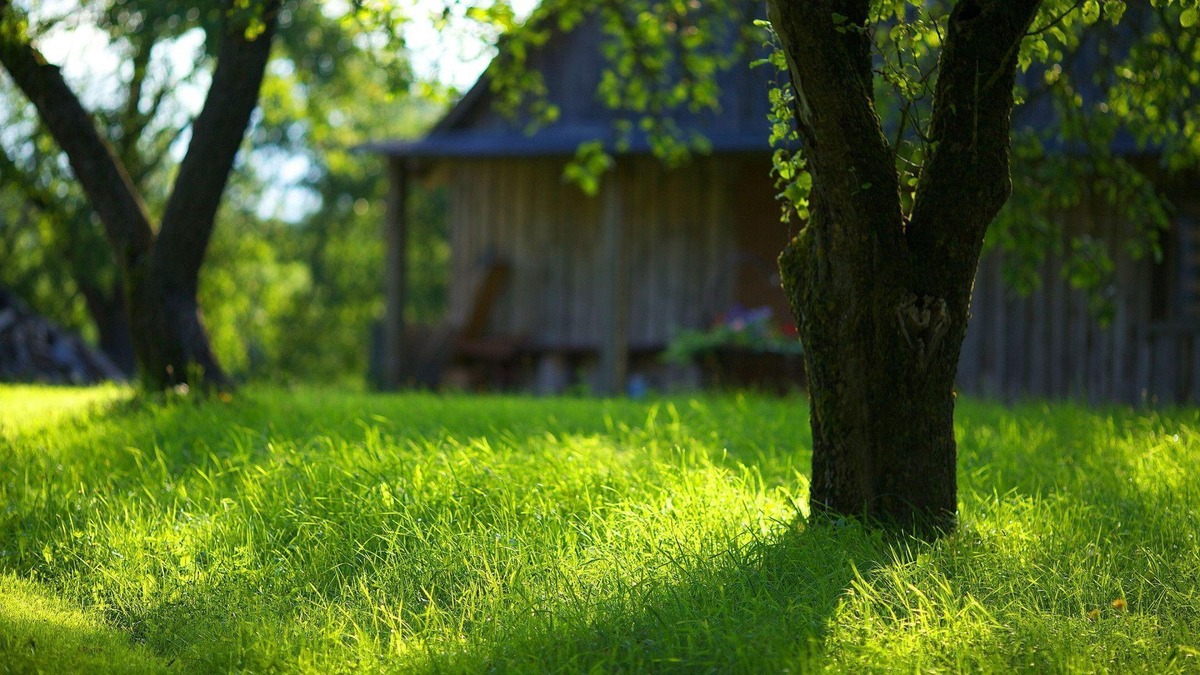

Landscaping Ideas
Why Is My Grass Light Green
Modified: February 18, 2024
Discover expert landscaping ideas to fix light green grass. Learn how to improve your lawn's health and appearance.
(Many of the links in this article redirect to a specific reviewed product. Your purchase of these products through affiliate links helps to generate commission for Storables.com, at no extra cost. Learn more)
Introduction
When it comes to maintaining a lush and vibrant lawn, the color of the grass can speak volumes about its overall health. While a rich, deep green hue is often the desired look, encountering light green grass can be a cause for concern. The reasons behind this phenomenon can vary, ranging from nutrient deficiencies to environmental stressors. Understanding the potential factors contributing to the light green appearance of your grass is crucial in addressing the issue effectively.
A light green hue in your lawn may indicate an underlying problem that requires attention. By delving into the potential causes of this discoloration, you can gain valuable insights into the specific needs of your grass and take the necessary steps to restore its vitality. From nutrient deficiencies and soil pH imbalances to overwatering and pest infestations, each factor plays a pivotal role in influencing the overall health and color of your grass.
As we explore the various reasons behind light green grass, it's important to approach the issue with a proactive mindset, seeking to identify and rectify the underlying causes rather than merely addressing the surface-level symptoms. By doing so, you can pave the way for a healthier, more vibrant lawn that exudes the lush green beauty you envision. Let's delve into the potential factors contributing to the light green appearance of your grass and unveil the insights that can guide you toward revitalizing your lawn's natural radiance.
Key Takeaways:
- 1. Grass turns light green due to lack of nutrients, soil pH imbalance, overwatering, or pest infestation. Addressing these issues through proper care can restore its vibrant green color and overall health.
- 2. Light green grass signals underlying problems that need attention. By understanding and addressing factors like nutrients, soil pH, water, and pests, you can transform your lawn into a lush, vibrant expanse.
Read more: Why Is My Grass Light Green And Dark Green
Lack of Nutrients
A prominent factor contributing to the light green appearance of grass is the lack of essential nutrients. Just like any other living organism, grass requires a balanced intake of nutrients to thrive and maintain its vibrant color. When the soil lacks key nutrients such as nitrogen, phosphorus, and potassium, the grass may exhibit a pale or light green hue, signaling its struggle to access the necessary elements for robust growth.
Nitrogen, in particular, plays a pivotal role in promoting healthy leaf and stem development, which directly impacts the color and overall vitality of the grass. A deficiency in nitrogen can result in stunted growth and a faded green color, indicating the grass's inability to produce sufficient chlorophyll, the pigment responsible for its green hue. Similarly, phosphorus is essential for root development and energy transfer within the plant, while potassium aids in disease resistance and overall stress tolerance.
To address a nutrient deficiency, a targeted approach is essential. Conducting a soil test can provide valuable insights into the specific nutrient levels and guide the application of appropriate fertilizers. Selecting a high-quality, balanced fertilizer tailored to the specific needs of the grass can effectively replenish the lacking nutrients, fostering healthy growth and restoring the lush green coloration.
Moreover, incorporating organic matter into the soil can enhance its nutrient content and improve the grass's access to vital elements. Organic amendments such as compost and well-decomposed manure not only enrich the soil but also promote microbial activity, fostering a healthy soil ecosystem that supports the optimal uptake of nutrients by the grass.
By addressing the lack of nutrients through strategic fertilization and soil enrichment, you can rejuvenate your lawn and witness the transformation of light green grass into a vibrant, healthy expanse that exudes natural beauty and vitality. Understanding the pivotal role of nutrients in sustaining the lush green color of your grass empowers you to take proactive measures that nurture its overall health and visual appeal.
Soil pH Imbalance
The pH level of the soil plays a crucial role in shaping the overall health and color of your grass. An imbalance in soil pH can significantly impact the grass's ability to absorb essential nutrients, ultimately manifesting in a light green or yellowish hue. Soil pH is a measure of the soil's acidity or alkalinity, with a neutral pH of 7 being the ideal balance for most grass types. When the soil deviates from this optimal range, it can hinder nutrient availability and disrupt the grass's natural coloration.
Acidic soil, characterized by a pH below 7, can impede the uptake of crucial nutrients such as phosphorus, potassium, and calcium, leading to a decline in the grass's vibrancy and overall health. In acidic conditions, aluminum and manganese toxicity can further exacerbate the grass's struggle, resulting in a visibly light green or yellowish appearance. Conversely, alkaline soil, with a pH above 7, can hinder the availability of essential micronutrients, hindering the grass's ability to maintain its rich green color.
To address soil pH imbalance and restore the lush green hue of your grass, it's essential to first determine the current pH level of the soil through a comprehensive soil test. This analysis provides valuable insights into the specific pH range and guides the implementation of targeted solutions to rectify the imbalance. Depending on the findings, the application of soil amendments such as lime or sulfur can effectively adjust the pH level, restoring it to the optimal range for healthy grass growth.
Lime, commonly used to raise the pH of acidic soil, helps neutralize acidity and promotes the availability of essential nutrients, fostering an environment conducive to vibrant grass coloration. On the other hand, sulfur is employed to lower the pH of alkaline soil, facilitating improved nutrient uptake and supporting the grass's natural vitality. By strategically applying these soil amendments based on the soil test results, you can create an optimal pH environment that empowers your grass to thrive and exhibit its characteristic deep green hue.
Moreover, incorporating organic matter into the soil can contribute to pH regulation, enhancing its overall balance and supporting the grass's access to vital nutrients. Organic amendments such as compost and well-decomposed manure not only enrich the soil but also promote microbial activity, fostering a healthy soil ecosystem that aids in pH stabilization and nutrient availability.
By addressing soil pH imbalance through targeted amendments and soil enrichment, you can rejuvenate your lawn and witness the transformation of light green grass into a vibrant, healthy expanse that exudes natural beauty and vitality. Understanding the pivotal role of soil pH in sustaining the lush green color of your grass empowers you to take proactive measures that nurture its overall health and visual appeal.
Ensure your grass is receiving enough sunlight and water. Light green grass can be a sign of nutrient deficiency, so consider fertilizing with a balanced fertilizer to promote healthy growth.
Overwatering
Overwatering, often overlooked as a potential cause of light green grass, can exert a significant impact on the overall health and coloration of your lawn. While water is essential for the vitality of grass, excessive or improper watering practices can lead to detrimental consequences, including the manifestation of a light green or yellowish hue in the grass blades.
When the grass is subjected to excessive watering, the soil becomes waterlogged, impeding the proper exchange of oxygen and nutrients within the root zone. This waterlogged condition hinders the grass's ability to access essential oxygen, leading to root suffocation and subsequent stress on the plant. As a result, the grass may exhibit signs of distress, such as a faded green color, as it struggles to cope with the adverse effects of overwatering.
Moreover, prolonged moisture saturation in the soil creates an environment conducive to fungal diseases, further compromising the grass's health and coloration. Conditions such as root rot and fungal infections can take hold in waterlogged soil, exacerbating the grass's struggle and contributing to its light green appearance.
To address the impact of overwatering on the color of your grass, it's crucial to evaluate and adjust your watering practices. Implementing a targeted watering schedule that aligns with the specific needs of your grass and the prevailing environmental conditions is essential. By allowing the soil to partially dry out between watering sessions, you can promote healthy root development and mitigate the adverse effects of waterlogging.
Furthermore, ensuring proper drainage in your lawn is pivotal in preventing water accumulation and fostering a balanced moisture environment. Addressing any drainage issues and optimizing the soil's ability to absorb and distribute water effectively can significantly contribute to the restoration of your grass's vibrant green color.
Incorporating mulch around the base of grass plants can aid in moisture retention and regulation, reducing the likelihood of overwatering and promoting a healthy balance of soil moisture. Additionally, mulch serves as a protective layer, shielding the soil from excessive evaporation and minimizing the risk of waterlogged conditions.
By addressing the impact of overwatering through strategic adjustments to your watering practices and the implementation of effective moisture management strategies, you can revitalize your lawn and witness the transformation of light green grass into a lush, vibrant expanse that radiates natural beauty and vitality. Understanding the detrimental effects of overwatering empowers you to take proactive measures that nurture your grass's overall health and visual appeal.
Disease or Pest Infestation
Disease or pest infestation can significantly impact the color and overall health of your grass, leading to the manifestation of a light green or yellowish hue that signals underlying stress and vulnerability. Various pathogens and pests can target grass plants, compromising their vitality and disrupting their natural coloration.
Fungal diseases, such as dollar spot and brown patch, can take hold in grasses, particularly under conditions of high humidity and inadequate airflow. These diseases often manifest as discolored patches of grass, exhibiting a light green or yellowish appearance as the plants struggle to combat the detrimental effects of the fungal pathogens. Additionally, fungal diseases can impede the grass's ability to absorb nutrients and water, further exacerbating the visible signs of distress.
In the realm of pest infestations, certain insects can pose a threat to the health and color of your grass. For instance, chinch bugs and white grubs are notorious for targeting grass roots, leading to weakened plant vigor and a faded green coloration. The feeding activities of these pests can disrupt the grass's nutrient uptake and compromise its ability to maintain a healthy, vibrant hue.
Addressing disease or pest infestation requires a proactive approach that involves identifying the specific pathogens or pests affecting your grass and implementing targeted solutions to mitigate their impact. Conducting a thorough assessment of your lawn to identify any visible signs of disease or pest damage is crucial in initiating an effective response.
In the case of fungal diseases, promoting proper airflow and reducing excessive moisture in the lawn can help create an environment less conducive to pathogen proliferation. Additionally, the application of fungicidal treatments targeted at the specific fungal pathogens can aid in controlling the spread of the diseases and supporting the grass's recovery.
When dealing with pest infestations, employing targeted insecticidal treatments can effectively mitigate the presence of damaging insects, safeguarding the grass from further stress and discoloration. Furthermore, promoting a healthy soil ecosystem through the incorporation of organic matter and beneficial microorganisms can enhance the grass's resilience against both diseases and pests.
By addressing disease or pest infestation through targeted interventions and proactive lawn management, you can rejuvenate your lawn and witness the transformation of light green grass into a vibrant, healthy expanse that exudes natural beauty and vitality. Understanding the impact of diseases and pests on the color of your grass empowers you to take decisive measures that nurture its overall health and visual appeal.
Read more: Why Is Some Of My Grass Light Green
Conclusion
In conclusion, the light green appearance of grass can serve as a valuable indicator of underlying issues that warrant attention and proactive intervention. By delving into the potential factors contributing to this discoloration, we gain valuable insights into the specific needs of the grass and the measures required to restore its vitality and vibrant coloration.
From the lack of essential nutrients and soil pH imbalances to the impact of overwatering and the threat of disease or pest infestation, each factor plays a pivotal role in shaping the overall health and visual appeal of your lawn. Addressing these factors through targeted interventions and proactive lawn management can pave the way for a rejuvenated and vibrant expanse of grass that exudes natural beauty and vitality.
Understanding the pivotal role of nutrients in sustaining the lush green color of your grass empowers you to take proactive measures that nurture its overall health and visual appeal. By addressing the lack of nutrients through strategic fertilization and soil enrichment, you can rejuvenate your lawn and witness the transformation of light green grass into a vibrant, healthy expanse.
Soil pH imbalance can significantly impact the grass's ability to absorb essential nutrients, ultimately manifesting in a light green or yellowish hue. By addressing soil pH imbalance through targeted amendments and soil enrichment, you can rejuvenate your lawn and witness the transformation of light green grass into a vibrant, healthy expanse.
Overwatering, often overlooked as a potential cause of light green grass, can exert a significant impact on the overall health and coloration of your lawn. By addressing the impact of overwatering through strategic adjustments to your watering practices and the implementation of effective moisture management strategies, you can revitalize your lawn and witness the transformation of light green grass into a lush, vibrant expanse.
Disease or pest infestation can significantly impact the color and overall health of your grass, leading to the manifestation of a light green or yellowish hue that signals underlying stress and vulnerability. By addressing disease or pest infestation through targeted interventions and proactive lawn management, you can rejuvenate your lawn and witness the transformation of light green grass into a vibrant, healthy expanse.
In essence, the light green appearance of grass serves as a compelling call to action, prompting us to delve into the intricate dynamics of lawn care and address the underlying factors that influence its color and vitality. By embracing a proactive and attentive approach to lawn management, we can cultivate a vibrant and healthy expanse of grass that embodies the natural beauty and resilience we envision for our outdoor spaces.
Frequently Asked Questions about Why Is My Grass Light Green
Was this page helpful?
At Storables.com, we guarantee accurate and reliable information. Our content, validated by Expert Board Contributors, is crafted following stringent Editorial Policies. We're committed to providing you with well-researched, expert-backed insights for all your informational needs.
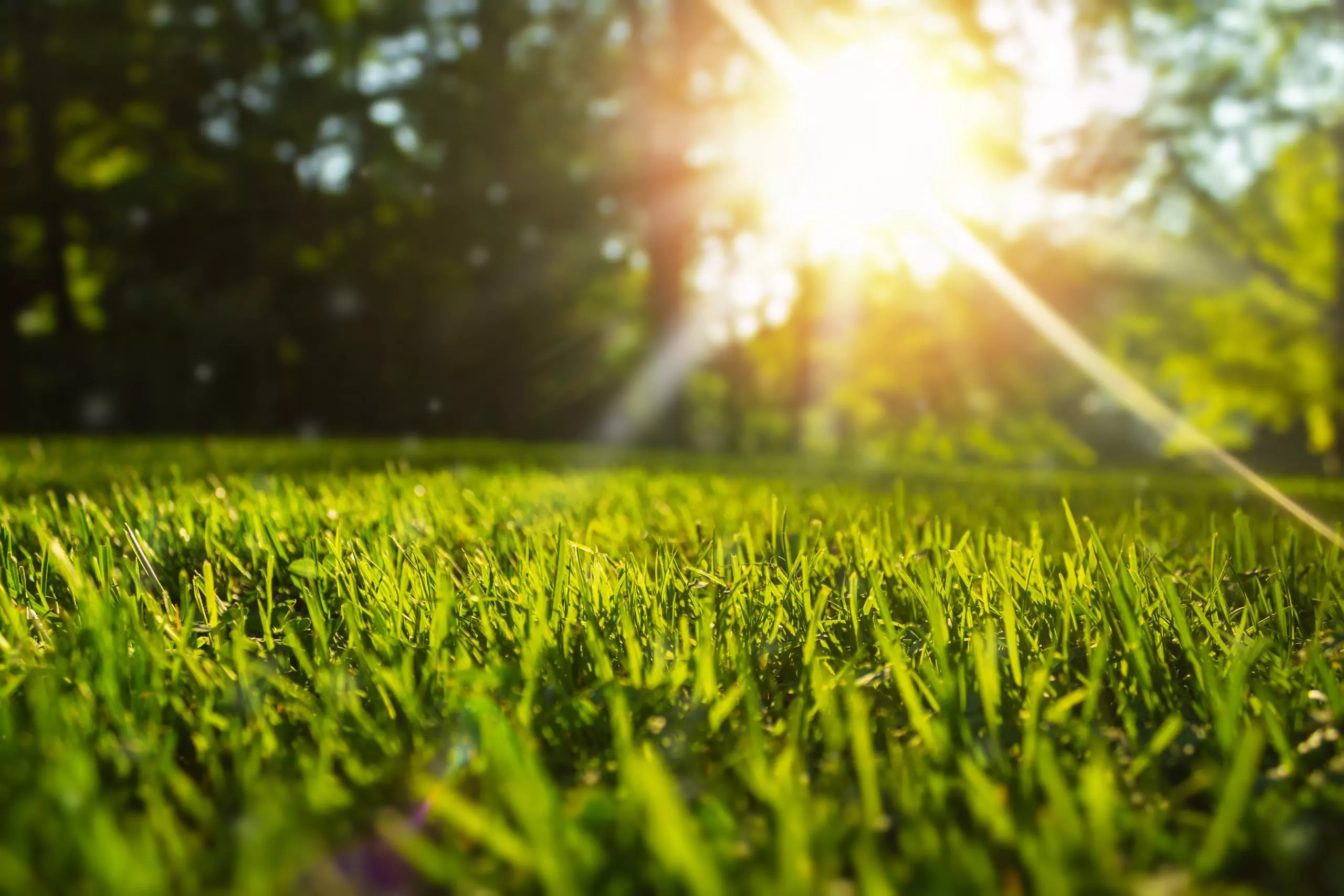
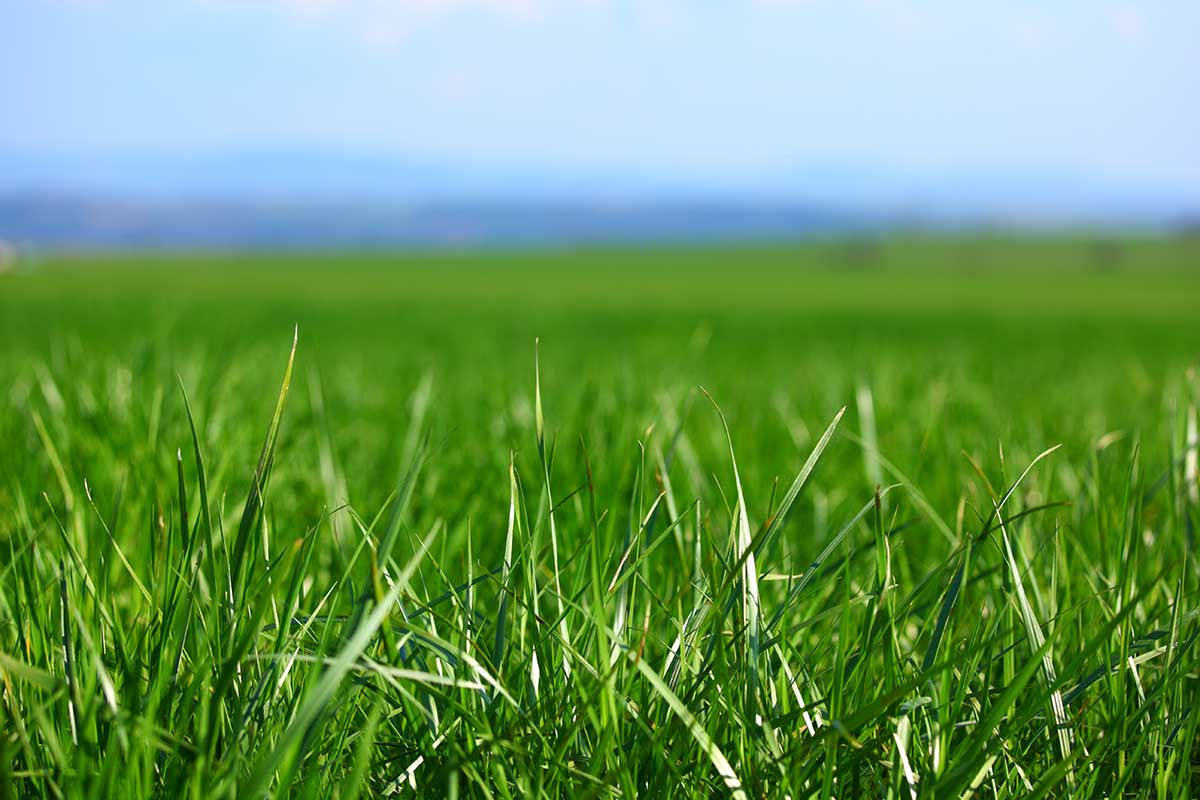

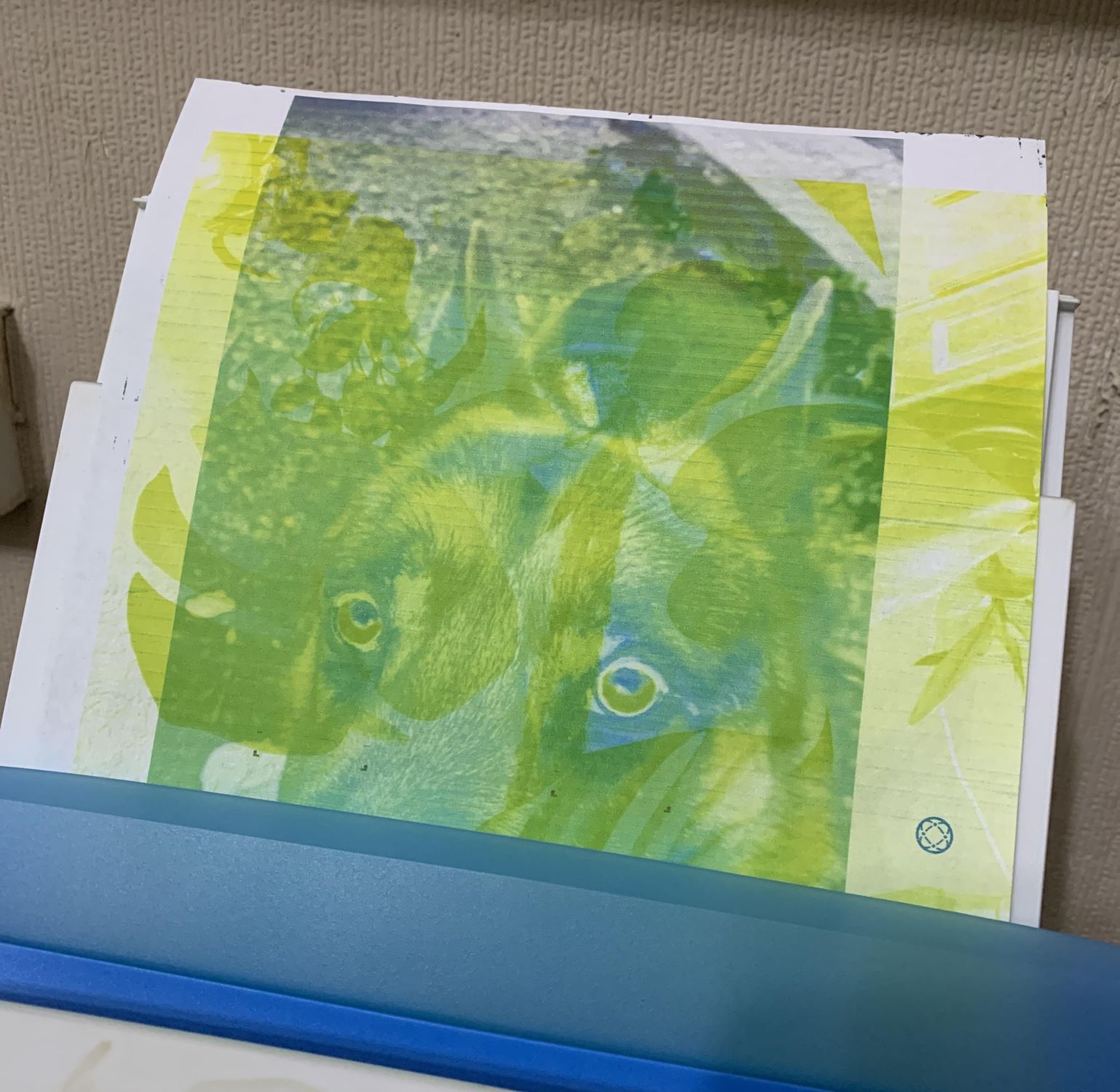

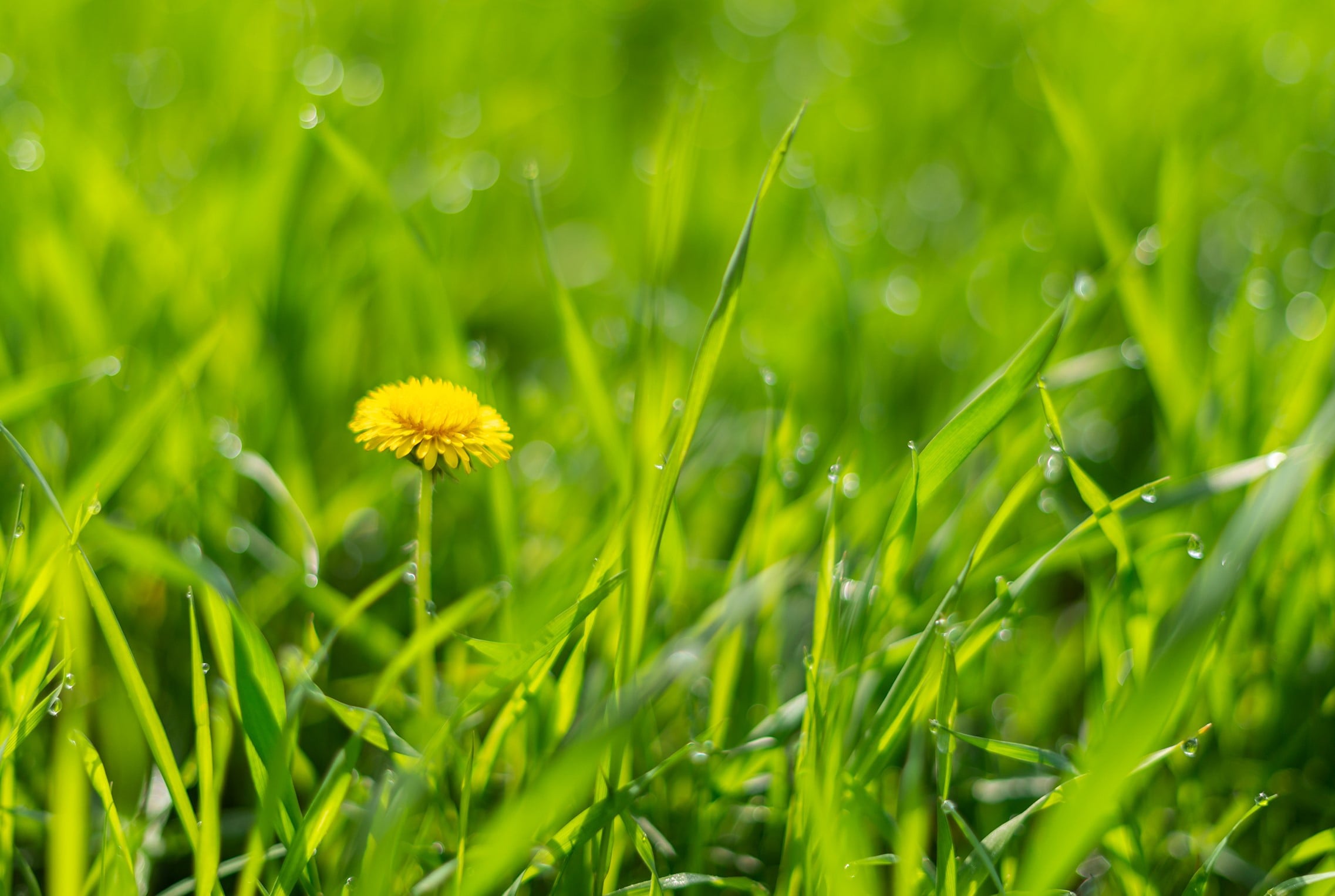
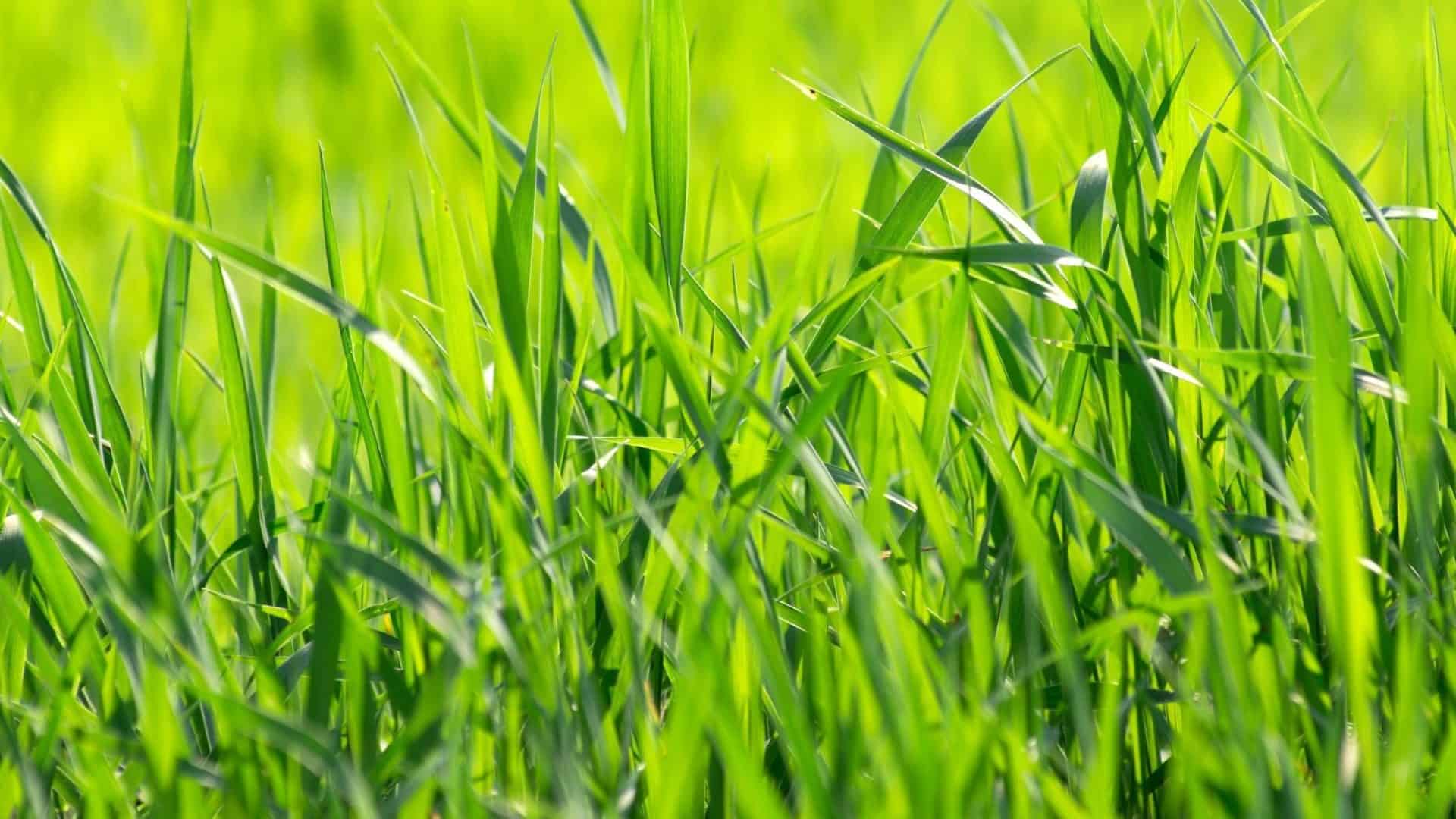
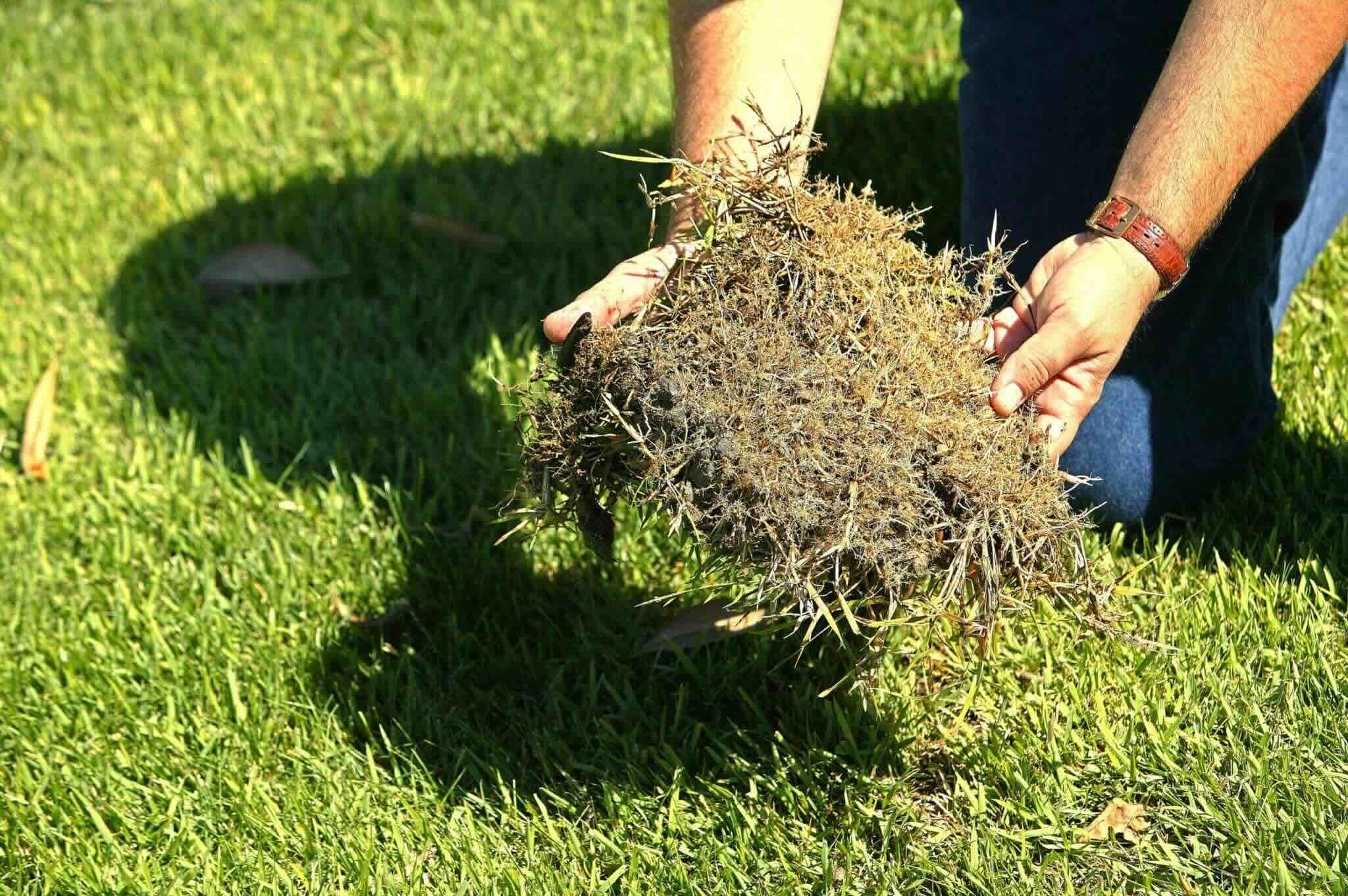



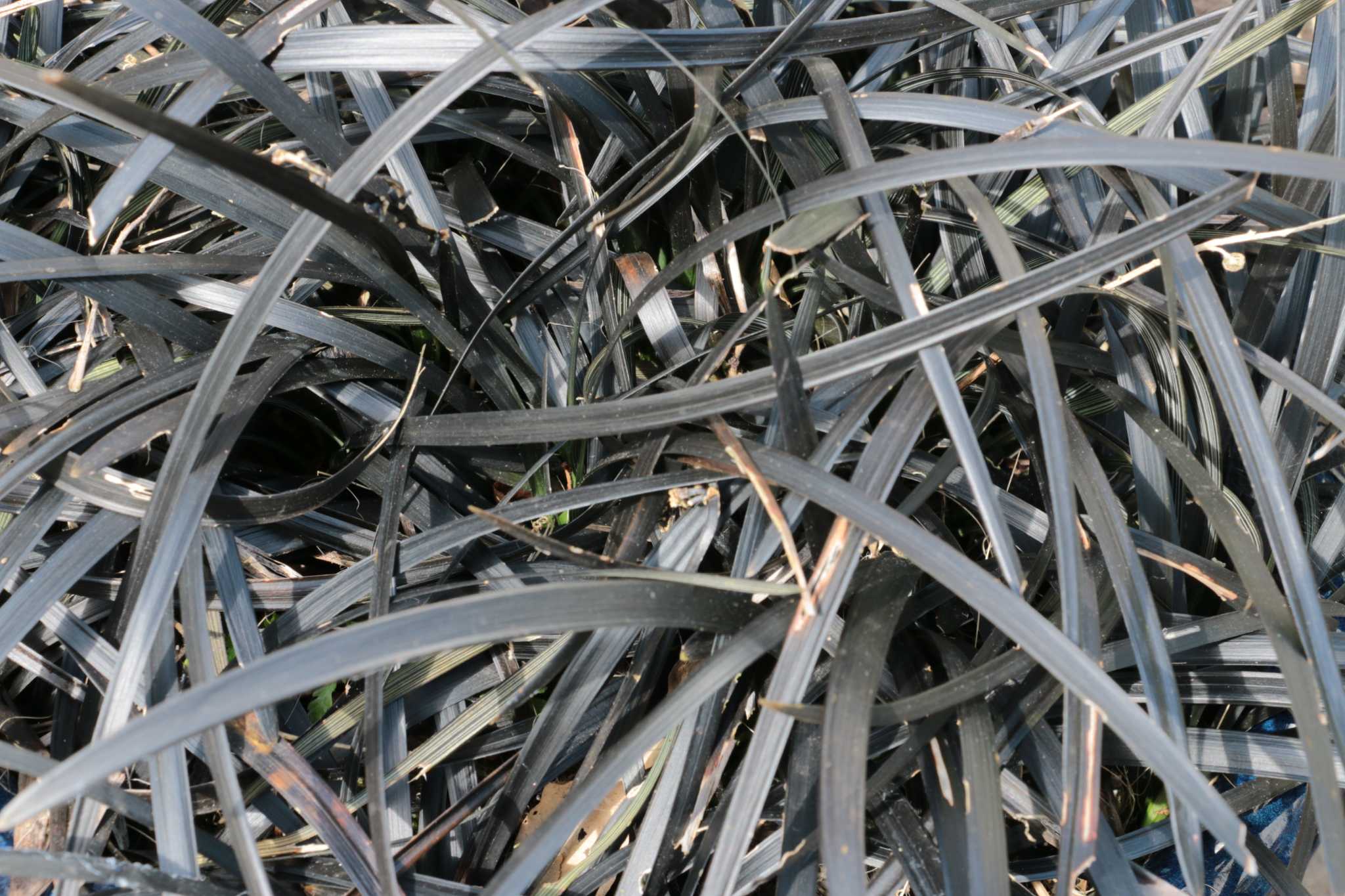



0 thoughts on “Why Is My Grass Light Green”